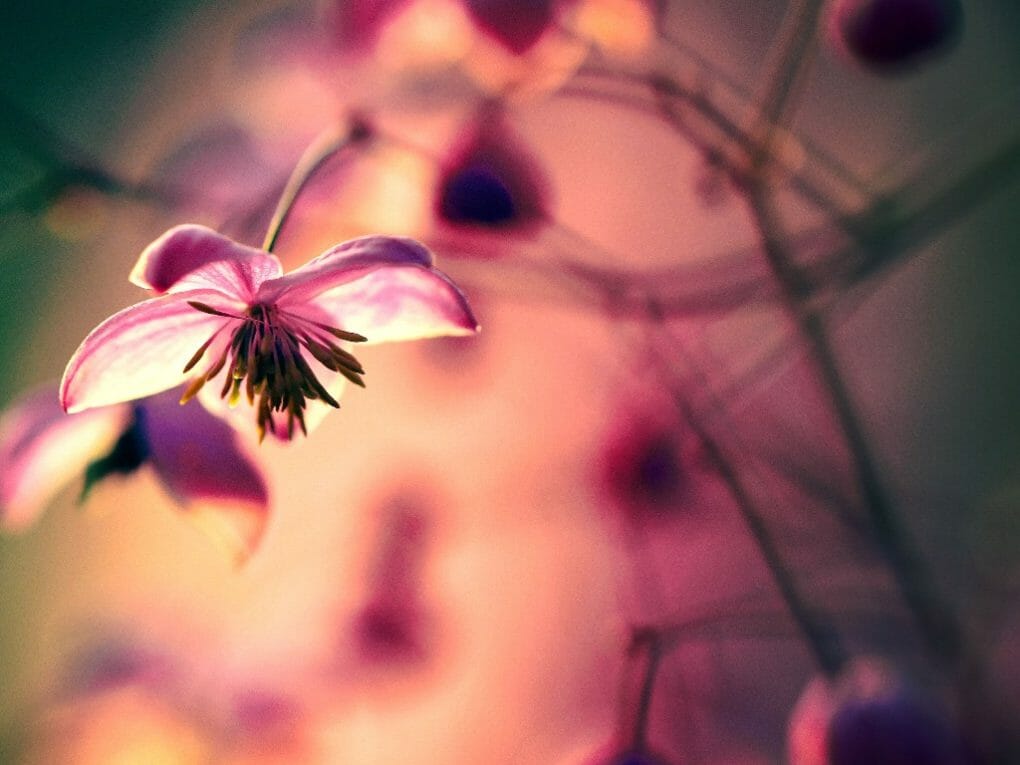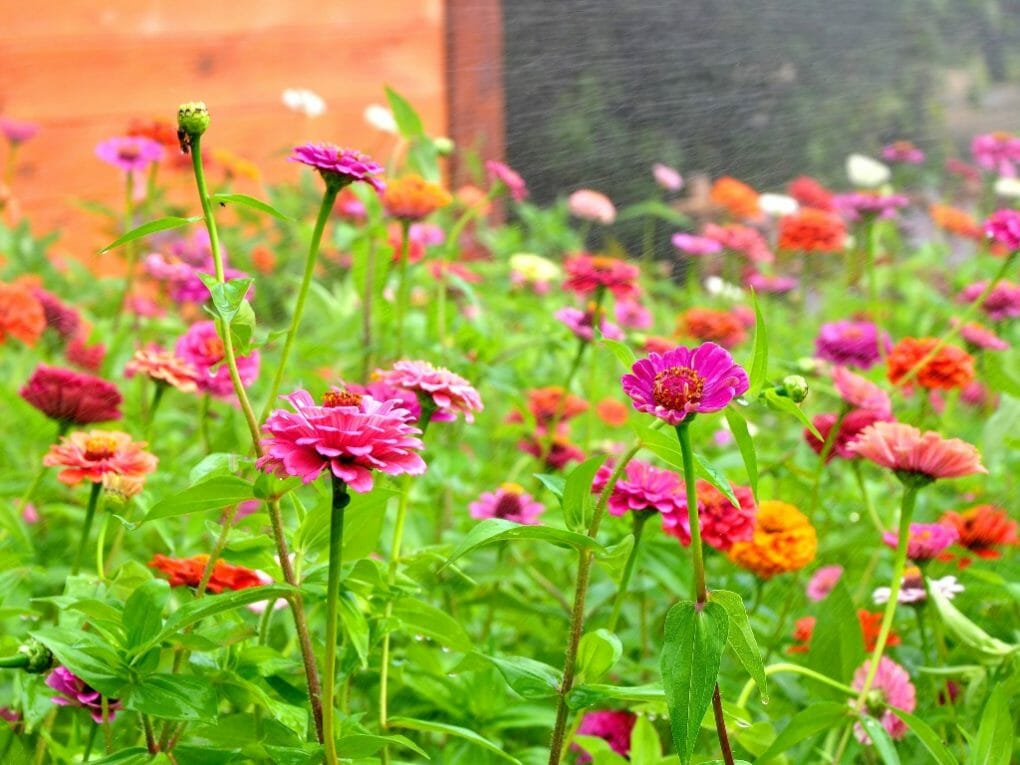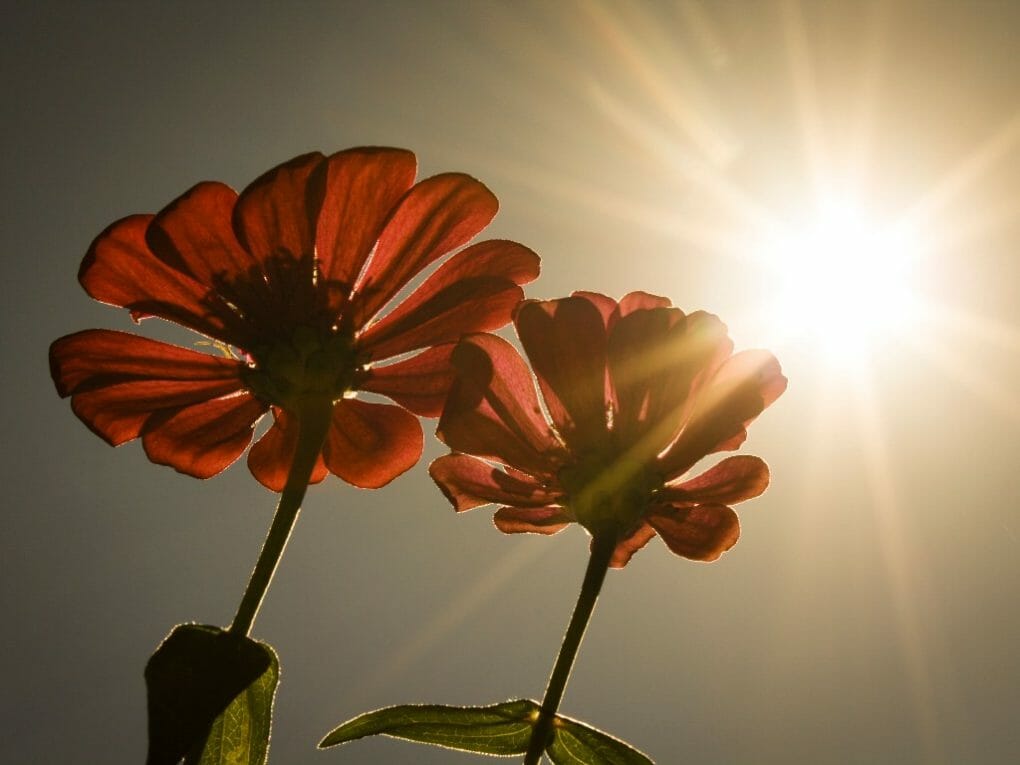Do Zinnias Come Back Every Year? How Long Does a Zinnia Plant Live?

Zinnias are annual plants, so they will not return the following year. This indicates that they have a life span of one year, during which they can grow, produce new seeds, and then die. They don’t come back on their own every year. Instead, their seeds can be saved and used to grow new plants yearly. Frost is bad for zinnias, and they die quickly after the first frost at the start of winter.
In late summer, zinnias are in full bloom and easy to plant and care for. Even though Zinnias are easy to take care of, there are still some things that need to be done right, and there are certain ways that need to be followed closely.
The best thing about growing zinnias is that they produce a lot of seeds that can be used to grow more Zinnias.
If you’re growing Zinnias or intend to, remember that you can extend their blooming time by planting new seeds every week or so for a few weeks.
Table of Contents
How Long Does a Zinnia Plant Live?
Zinnia is an annual plant, meaning it only lives for one year. In other words, it lives for a year, grows, blooms makes seeds, and then dies.
Zinnias should be planted right after the last frost. They take a year to grow and bloom in late summer, fall, or early winter of the following year. They should be cut back every once in a while to bloom longer and make more flowers. They are called “cut-and-come-back” plants because you can cut them down, and they will grow back.
Zinnias are well-known for having extended periods in which they are capable of blooming. There are various estimates regarding the length of time zinnia blooms will continue to be present because how genetics influence DNA is different for each individual.
As a result, the maximum amount of time that can be spent tending to the zinnia blooms is going to range anywhere from sixty days to almost fifty weeks.
Zinnias tend to start blooming in the late spring, regardless of whether they were planted in the early spring or even in the late winter.
After being planted, they will continue to bloom until the first frost, at which point they will stop blooming because the plant is not well-equipped to withstand the cold. Once planted, they will continue to bloom until the first frost.
Zinnias are susceptible to frost damage and should not be planted until after the year’s last frost has passed. This is because zinnias cannot stand temperatures below freezing for very long.
Your last frost of the year will typically occur in the middle of the spring months, and your first frost of the year will typically occur in the later months of the fall. This is the best-case scenario.
This information is relevant to you and your zinnias because it indicates that you can anticipate your plant to produce lovely flowers for approximately half a year. There is a sound rationale behind the widespread fondness for zinnias and the practice of maintaining them as ornamental plants inside and outside private residences.
When it comes to interior design, if you want your zinnias to live for the longest amount of time possible, you should make sure that you are giving them all of the nutrients they need and doing everything in your power to give them those nutrients.
There are a variety of ways to ensure that your zinnias receive all of the nutrients they require to produce lovely, healthy flowers for the majority of the year, and one of those ways is by using fertilizer.
Keeping Your Zinnias Healthy Throughout the Year

Sunlight
Zinnia seeds should be sown outdoors in full sun. Indoors, zinnias will do well with morning sun and some afternoon shade.
Watering
Water zinnia plants regularly. Most need at least 1 inch of water per week during the growing season (spring through fall). Keep planting space moist but not soggy. Do not overwater or allow plants to stand in water for long periods because this can cause roots to rot. If you accidentally overwater zinnia seedlings, gently pour off irrigation until the soil is dry before planting again.
Soil
Zinnia plants require a well-drained soil mix. Do not water zinnia plants in the same spot more than once a week because this will cause the roots to become confused and start growing in multiple directions.
Fertilizing
Since zinnia plants grow so much in one season, they do best when fed regularly with phosphorus-rich fertilizer. Start by adding slow-release granules to the soil when it’s time to plant. Then put more on top of the two or three more times over the summer. You can also give them all the nutrients they need by giving them a water-soluble fertilizer or an organic compost tea once a month.
Pruning and Deadheading
Zinnia plants will flower best when they are pruned regularly. Prune zinnias in the early spring to late fall to improve flowers and lower maintenance. Remove dead or diseased leaves, branches, and flowers as necessary. The deadheading stimulates new flowers to form the next season, reducing the number of seed pods that may develop on your zinnia plants in subsequent years.
Disease Control
Zinnia plants are susceptible to a few common garden pests, but the most serious problem they face is mealybugs. Mealybugs feed on zinnia flowers and leaves, causing them to wilt and turn yellow or brown. You can treat mealybugs with horticultural oil or insecticidal soap.
Pest Control
Zinnia plants are also susceptible to slugs, snails, and aphids. Slug and snail populations can be controlled by planting slug-busting pellets around the base of the zinnia plant or using a slug/snail-repellent soil treatment. Aphid control is easier if you start with organic fertilizer instead of water-soluble fertilizer.
Problem-Solving for Zinnia Care
Yellow Leaves
Although overwatering may also be to blame, a lack of nutrients is most likely the root of the problem. Start supplying them with organic liquid fertilizer if you think they may be lacking in certain nutrients. Otherwise, be certain that the ground is never soggy or wet.
Leaves Burning Brown

Underwatering or sunburn on young plants may be to blame. Never let the soil get completely dry. If the leaves on your new starts or seedlings are brown, move them to a shaded area and gradually acclimate them to the full sun over the following few weeks.
Black Leaves
Keeping the leaves dry will help prevent bacterial leaf spots, which are indicated by black spots on the leaves. Otherwise, it was probably caused by frost or extremely cold temperatures if the leaves suddenly turned black.
White Dust on the Leaves
Powdery mildew is most likely to cause any white spots resembling powder on the leaves. You cannot cure something once it is infected. But you can’t water the base to stop the spread and apply an organic fungicide to the leaves.
No Blooms
There are a few causes for zinnias not to bloom or have few buds. Excessive shade, poor watering, or a lack of nutrients are the causes. Ensure that they are in a sunny area, that the soil dries out slightly between waterings but never to the point of being completely dry, and that you feed them frequently.
